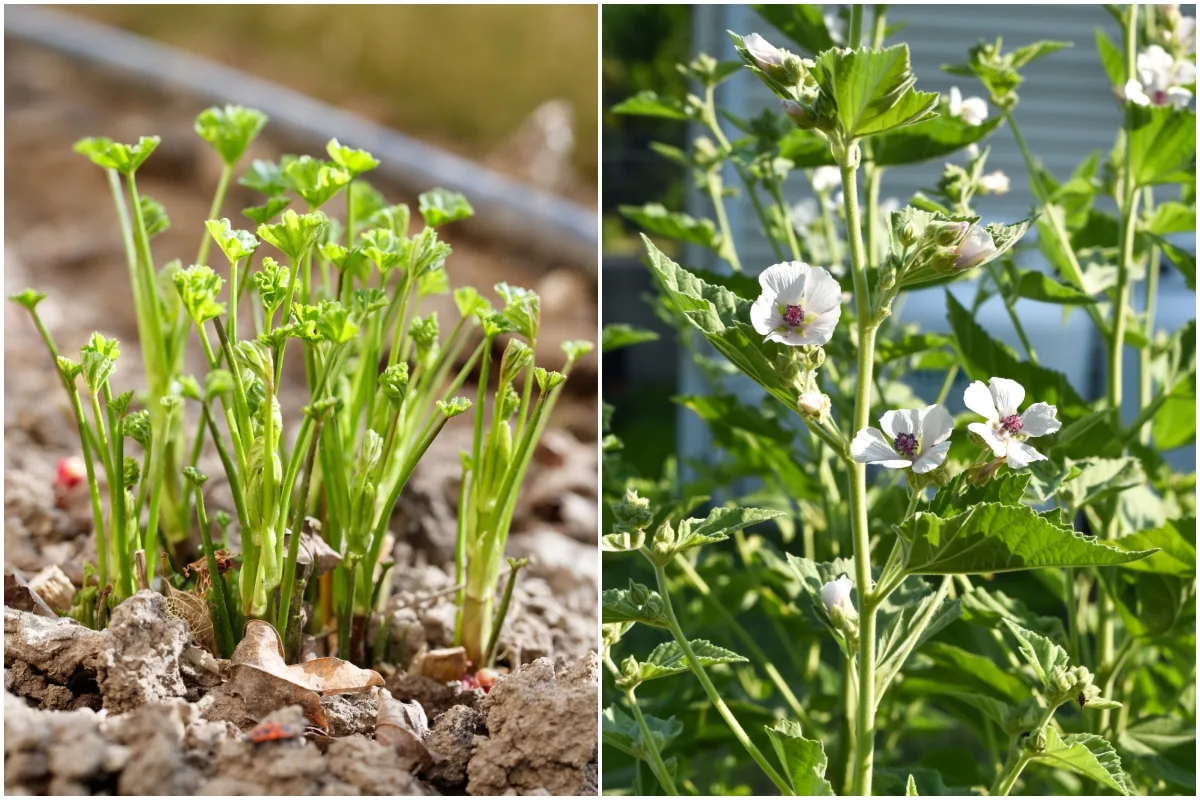
Let’s get your burning question out of the way.
No, I’m sorry, but marshmallow plants do not grow marshmallows.
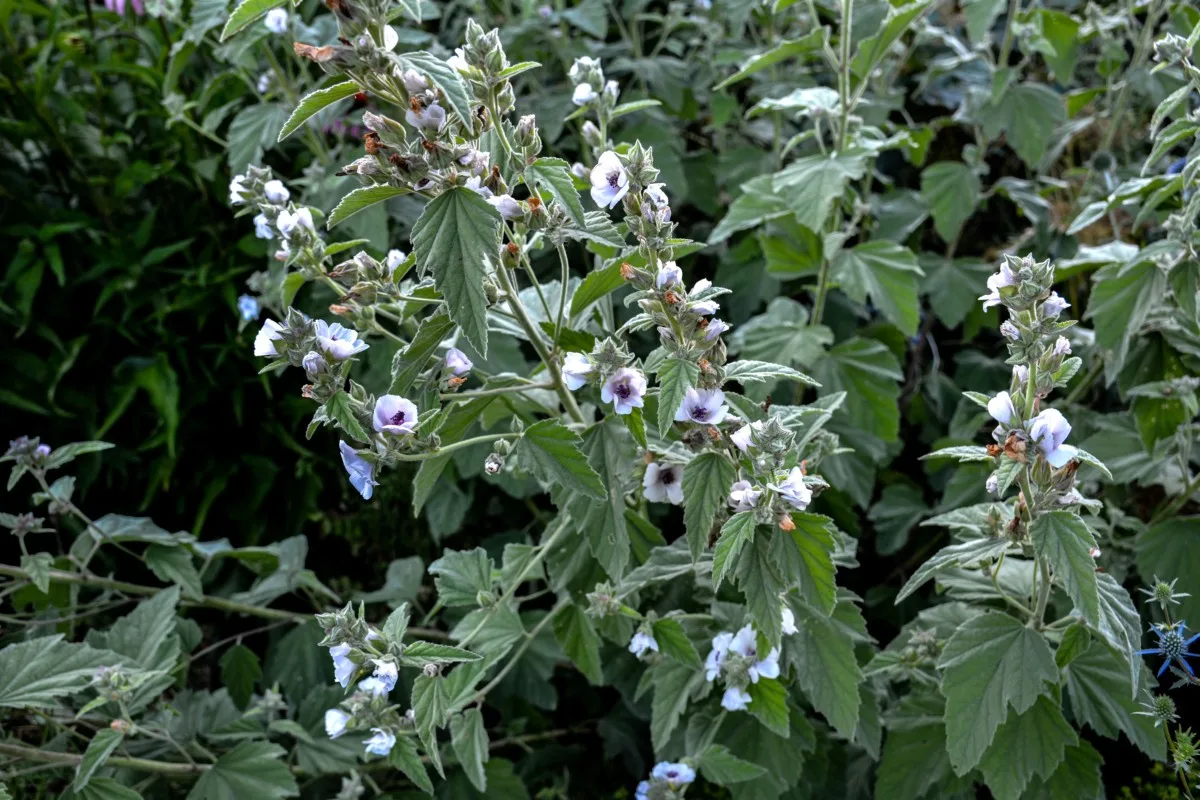
However, should you plant marshmallow in your yard, you can harvest the roots, and those can be used to make homemade marshmallows that will blow away those pasty store-bought things we’re all used to. (Use my girl Colleen’s recipe over at GrowForageCookFerment. It’s pretty amazing.)
Althaea officinalis, or marshmallow, sometimes spelled marsh mallow, is native to Europe, Western Asia and North Africa. As its name implies, it does well in moist soil areas, such as marshes.
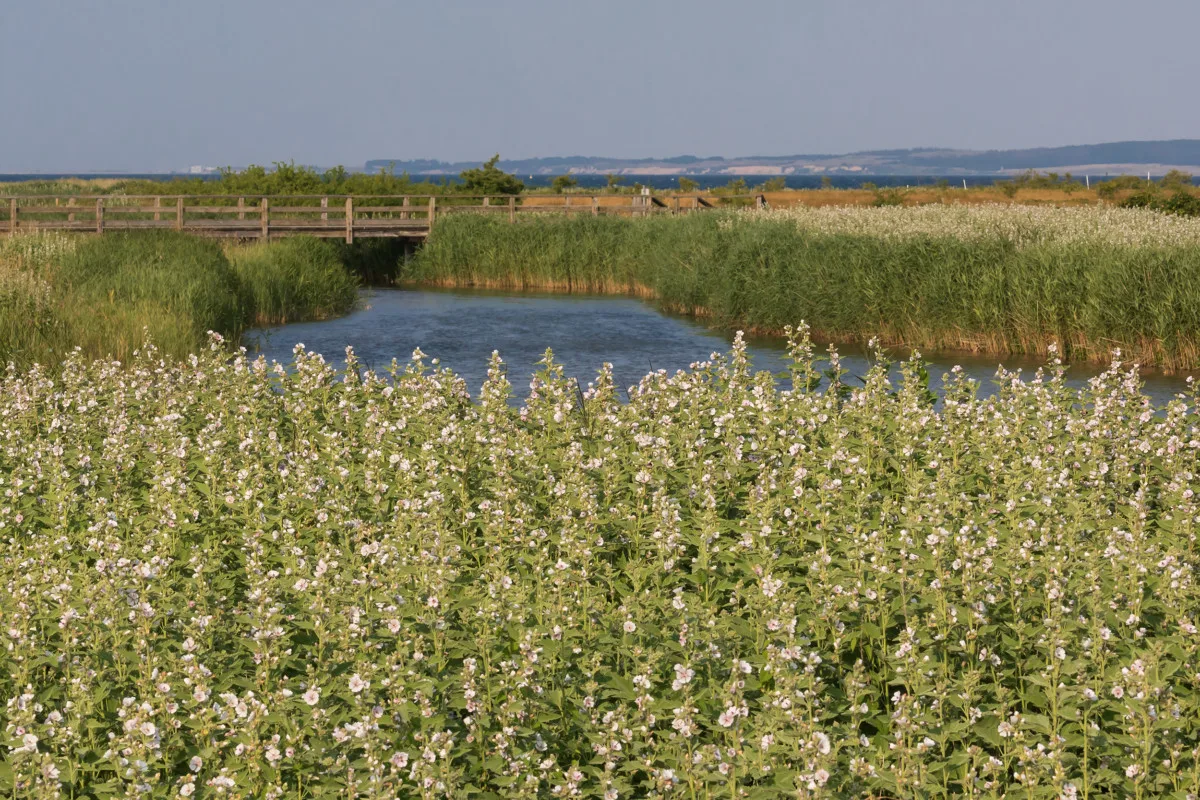
It’s an herbaceous perennial with long, dense stems between three and four feet tall. The stems are covered in velvety, soft heart-shaped leaves and white flowers with a deep pink center. In the fall, the plant dies back before returning in the spring.
Even if you don’t plan on making the most delicious marshmallows you’ll ever dunk in your cocoa, there are some good reasons to grow marshmallow in your backyard or garden.
1. As a Beautiful Ornamental Perennial
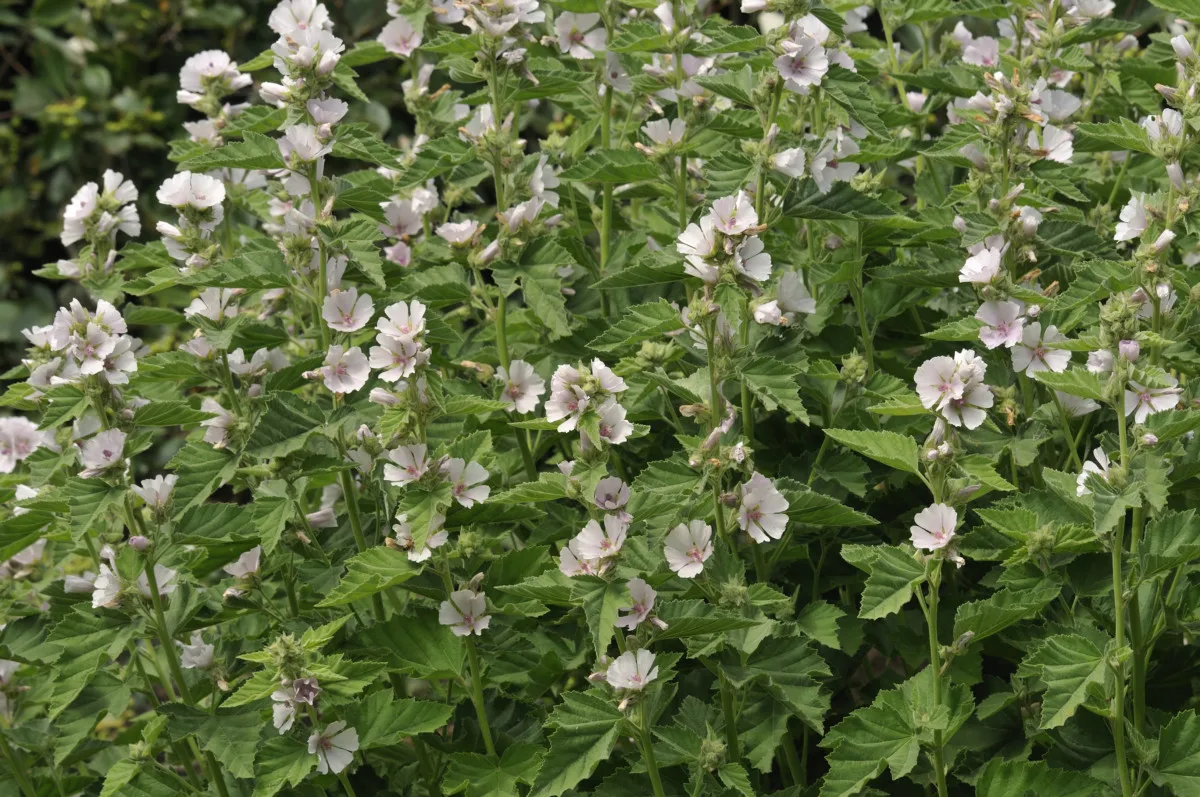
If you’re looking to fill a space with plenty of greenery that will come back year after year, choose marshmallow. With its attractive pink or white flowers that bloom in the summer, this old-fashioned herb has lots of cottage garden charm. Its height can help hide things in your yard you would prefer to keep out of sight, like well covers.
It’s also a great choice if you want to help buffer sound in your backyard, as the dense vegetation helps to absorb street noise. Plant it around the edge of your yard for extra privacy.
2. Marshmallow Belongs in Every Herbalist’s Garden
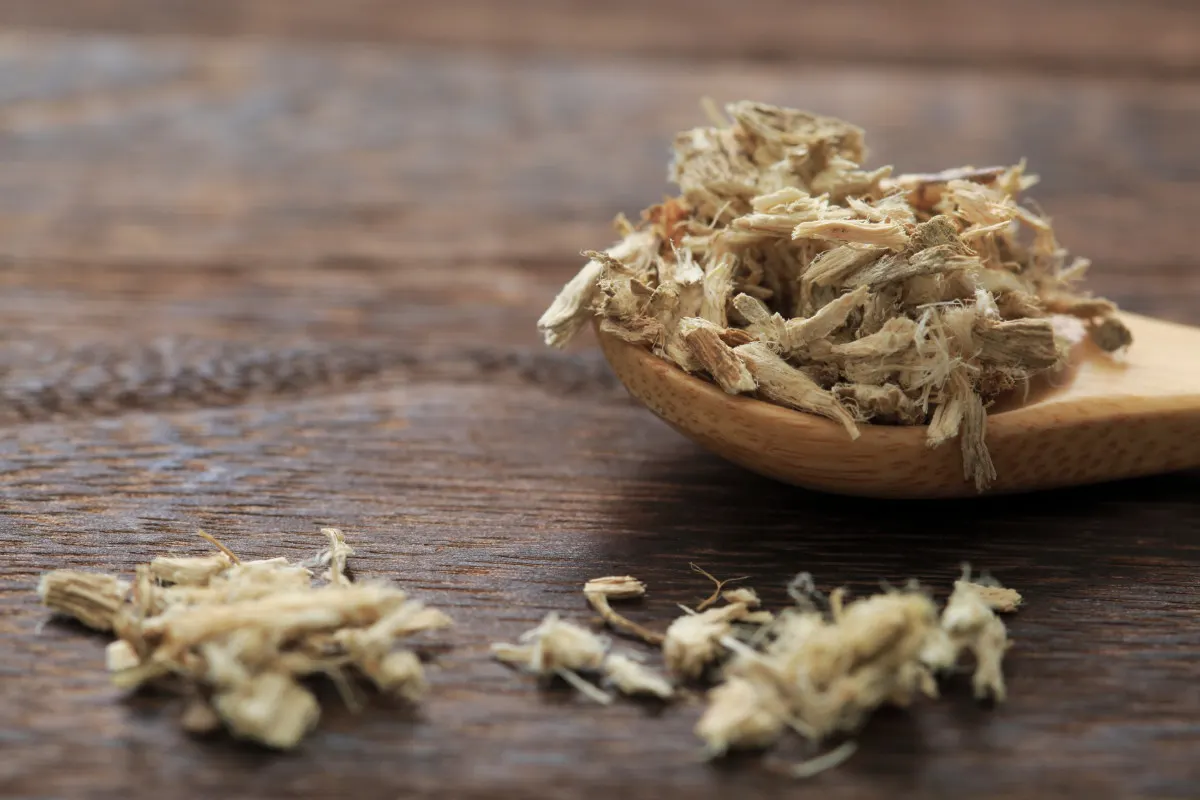
The roots and leaves of marshmallow have been used for centuries in traditional medicine to soothe sore throats, coughs, and other respiratory issues. The marshmallow plant can make teas, tinctures, syrups, and even homemade cough drops.
3. You Can Eat Most of the Plant
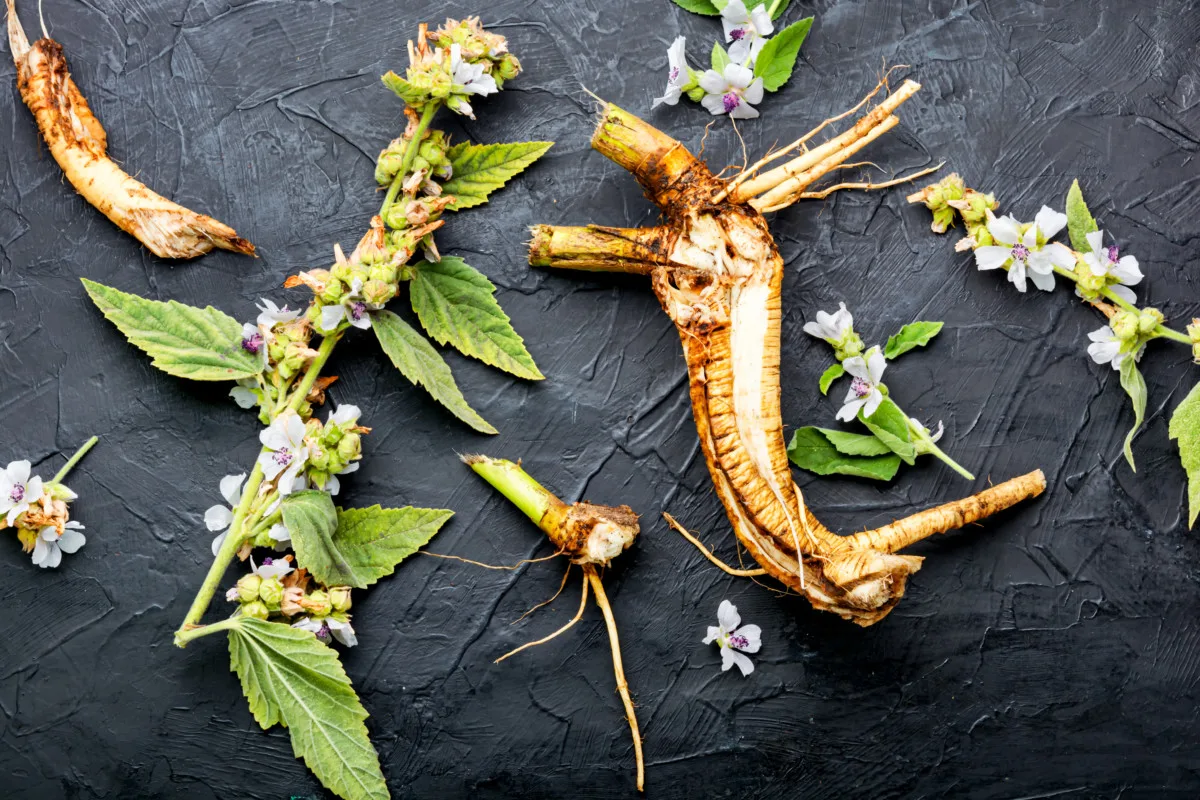
Nearly every part of the plant is edible, making it perfect to have on hand if you’re a fan of “eating the weeds.” The roots can be boiled and mashed with butter and onions. The flowers and leaves make a tasty and pretty addition to salads. You can pickle the flower buds ala capers—sugar the flowers for cakes and cupcakes. The possibilities are endless.
Of course, you can also make everyone’s favorite sticky treat – marshmallows. If you’ve never had real marshmallows, you’re in for a real treat. While today’s modern confection might share the same name, it doesn’t contain any Althaea officinalis whatsoever. I think you’ll find once you’ve tasted the real deal, you won’t settle for the manufactured imitations.
4. Use Marshmallow to Improve the Soil
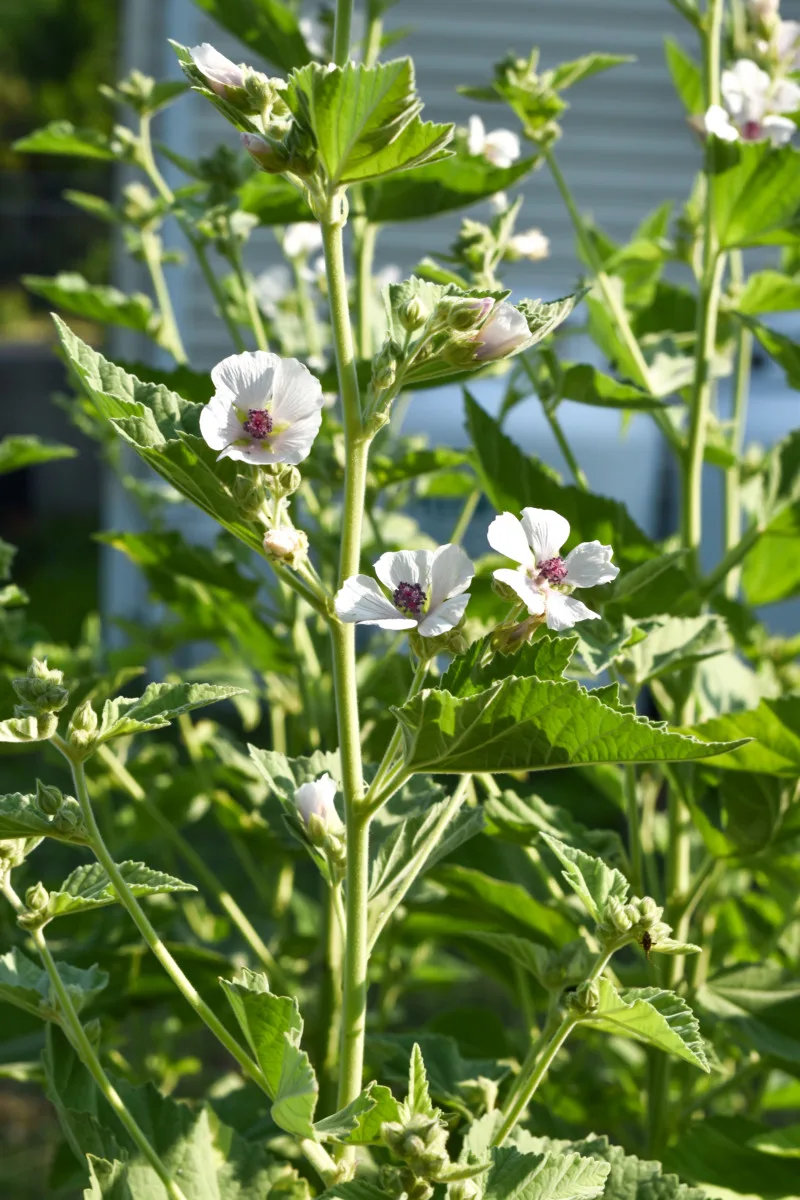
Heavy, compacted soil can make growing anything difficult, but rather than trying to fix it by digging it up, let nature do what nature does best.
Marshmallow is a good plant for improving soil structure, as it has a deep taproot that will “drill” down and break up compacted soil while adding back organic matter.
Plant marshmallow and let the roots do all the work while you enjoy a beautiful display of green with white and pink flowers. After a year or two, chop-and-drop the plant before it flowers, letting it break down into the soil further. You’ll find the resulting soil much improved.
If you’re planning a rain garden to mitigate pooling rainwater in your yard, then marshmallow is a perfect addition. The plant prefers moist areas and can help to absorb excess water in your yard.
5. Provide a Sanctuary for Pollinators & Other Wildlife
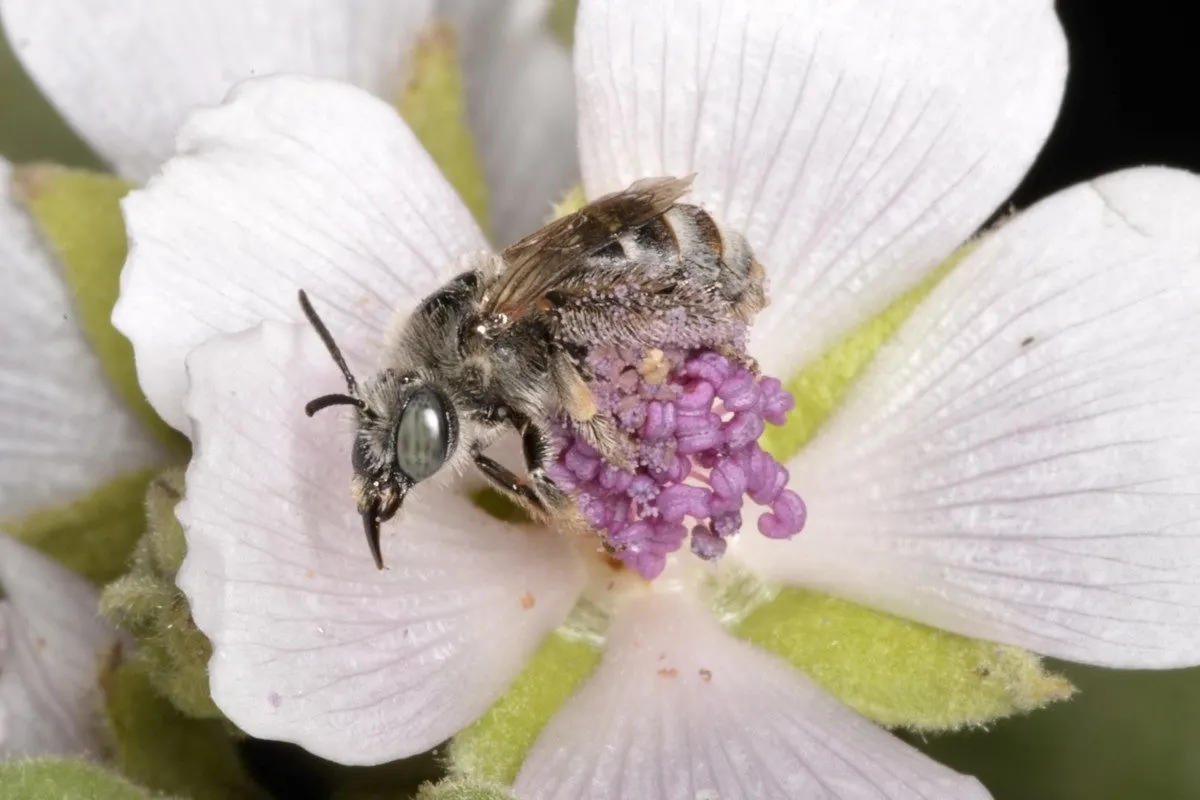
More and more gardeners are learning the benefits of letting all the critters and creepy crawlies hang out in their backyard; after all, it’s where they belong. Marshmallow is a fantastic plant for pollinators, not only because it provides them with nectar, but at the end of the season, it also makes an excellent habitat for native pollinators to lay their eggs and winter over.
Birds, mice, rabbits and other small creatures will appreciate the shelter provided among the tall green stalks of marshmallow as well. If you want to rewild your backyard, you can’t go wrong with Althaea officinalis.
6. Marshmallow Practically Grows Itself
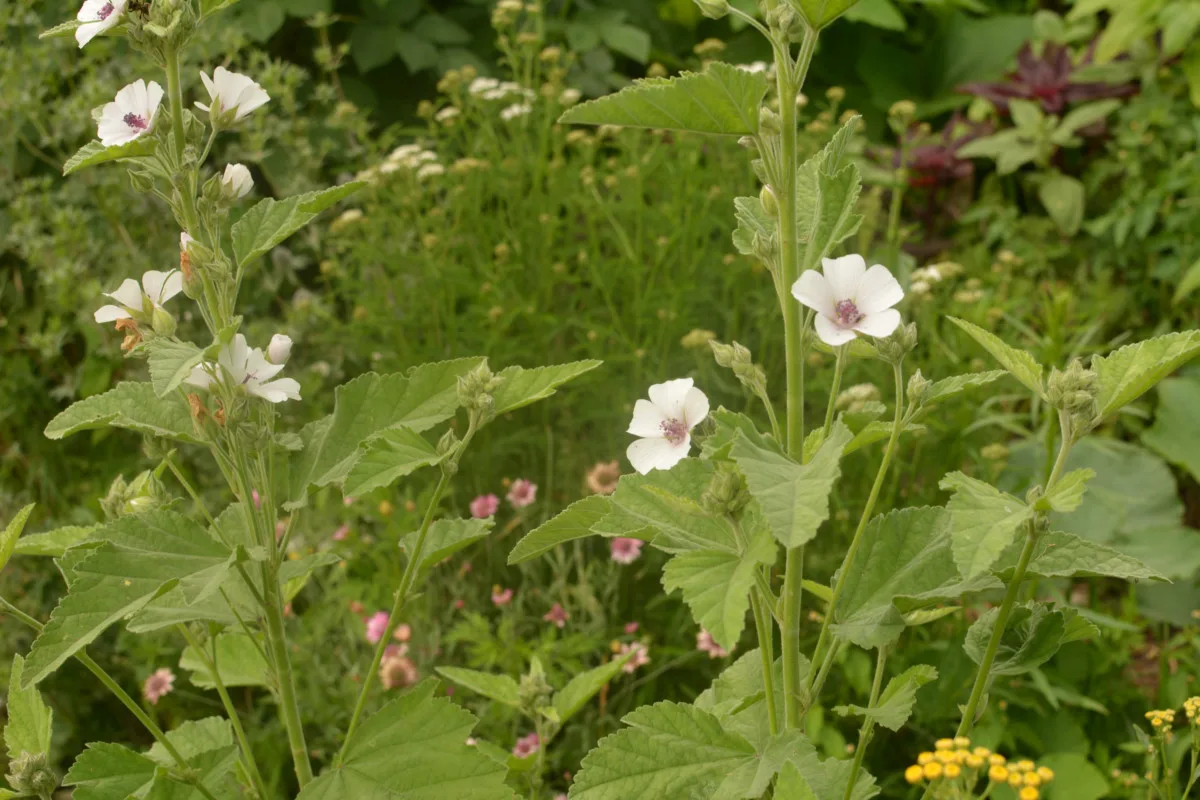
Marshmallow is incredibly easy to grow. You can direct sow it right where you want it planted, and once it’s established, it virtually takes care of itself. There’s no complicated pruning or fertilizing, or staking. Just let it go. It’s a hardy, disease-resistant plant and rarely has issues with pests. What’s not to love?
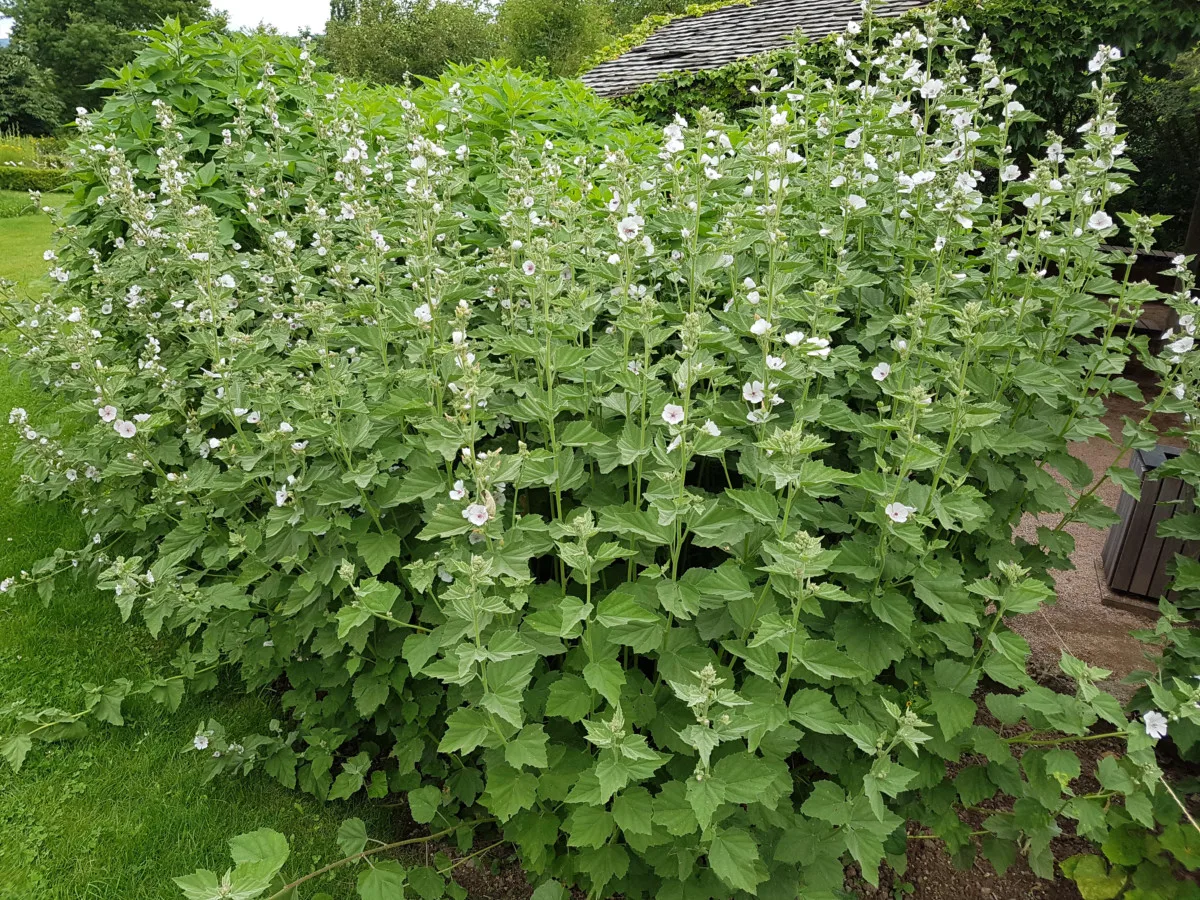
Need more set it and forget plants? Check out these 18 Seld Seeding Flowers, Herbs and Veggies.
How to Grow Marshmallow
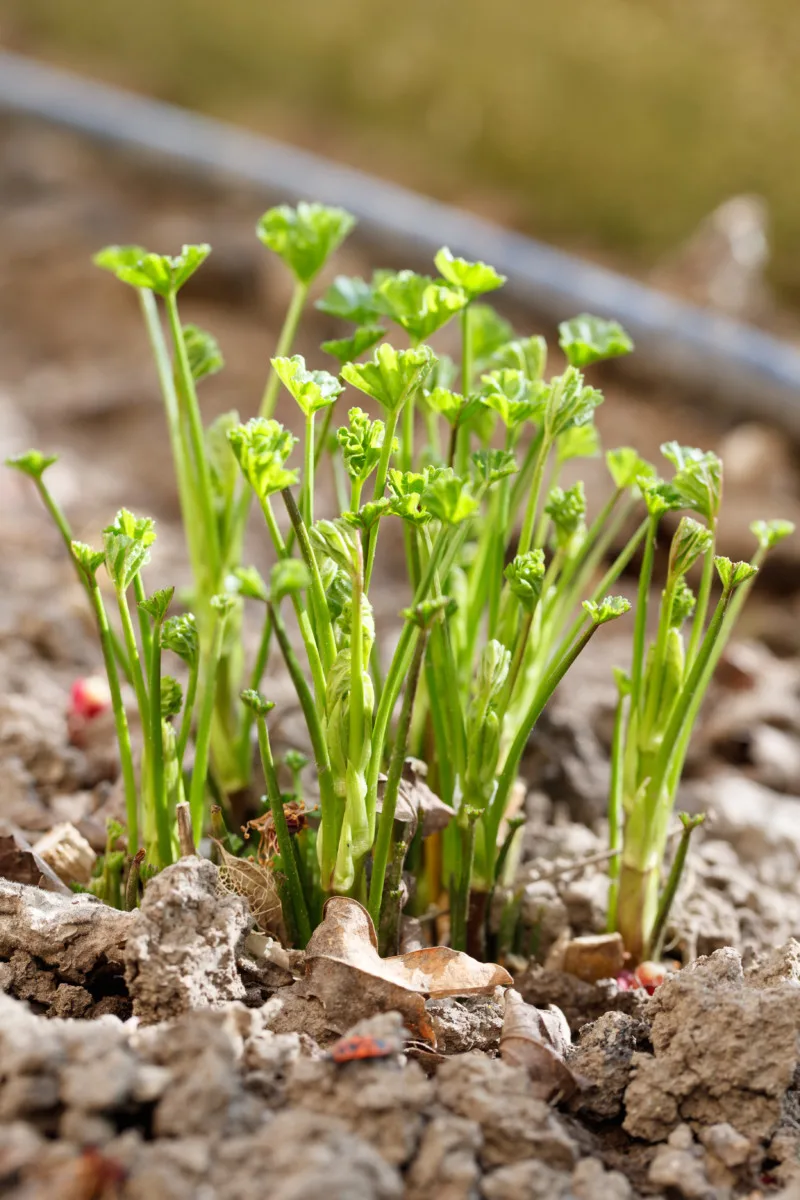
Choose a spot that receives full sun, mallow will grow in partial shade, but it does best in a sunny location. The best soil is loamy and moist, but if you’re using it to remediate harder soils, be sure to water it frequently.
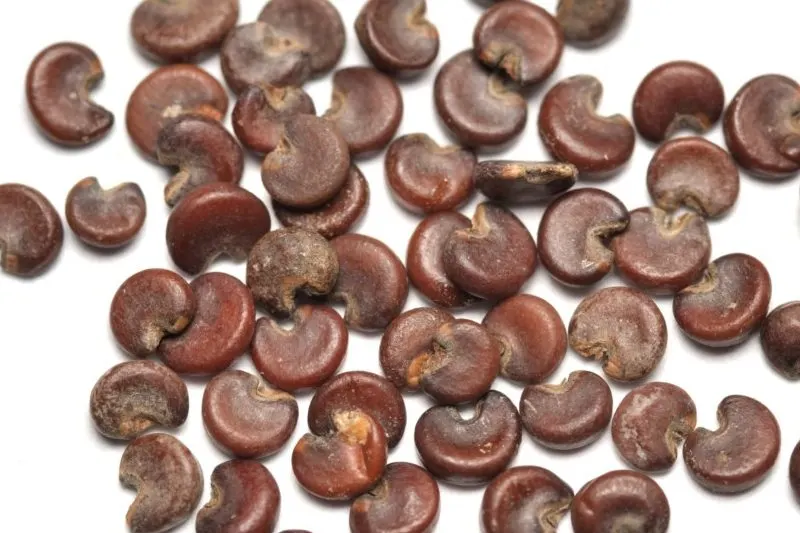
Marshmallow can be direct seeded or started indoors. Sow seeds in the spring or fall directly into the ground or pots. Cover the seed with a thin layer of soil, and keep it consistently moist. Be patient, as marshmallow takes around three or four weeks to germinate.
Once the plant is established, you can divide the roots in spring or fall. It’s a fun perennial to share with friends and family.
If you’ve chosen a location where the soil is usually moist, you won’t need to water your marshmallow. But in other locations, you may need to water it during dry spells. Fertilize the plants in late spring or early summer with a balanced fertilizer.
Harvesting Marshmallow
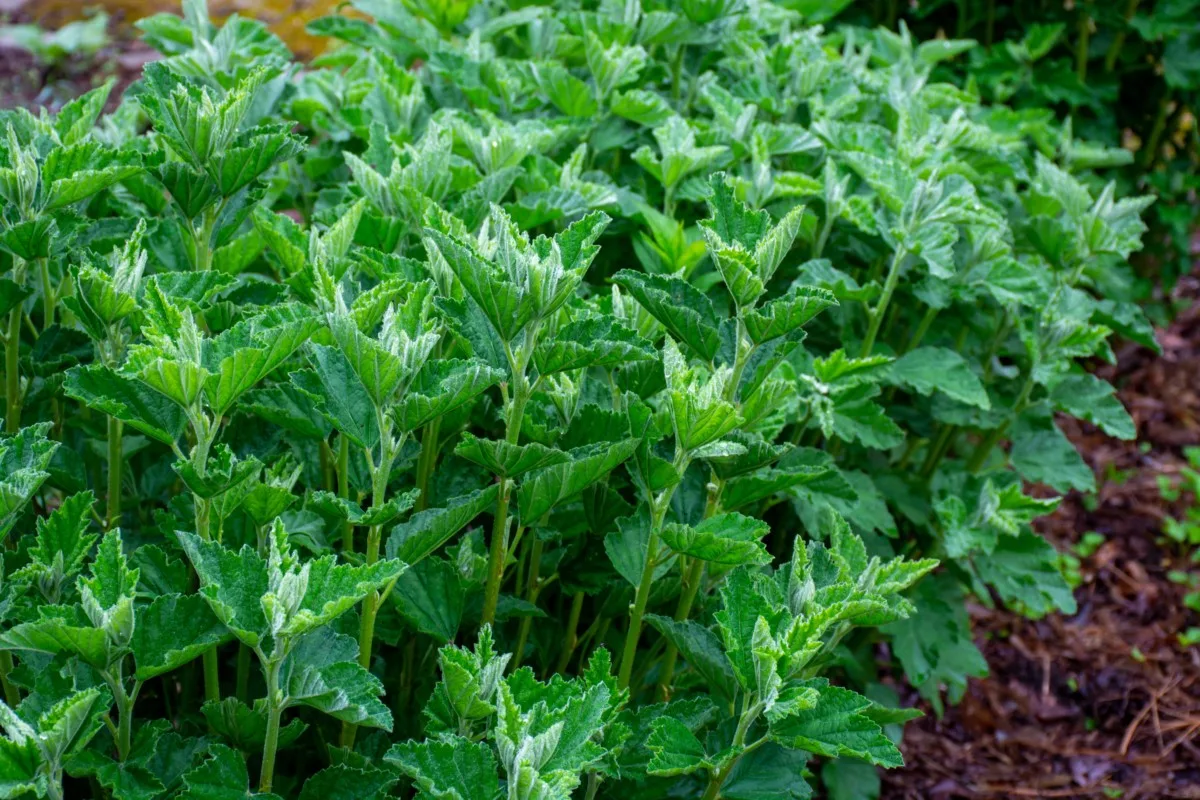
If you plan on using the plant for medicinal or edible uses, harvest the leaves and flowers throughout the growing season. The roots should be harvested in the fall after collecting and storing nutrients for the year.
Marshmallow Will Spread
While it’s not labeled as an invasive species, marshmallow can spread quickly, so keep an eye on the plant and remove any unwanted shoots to keep it in check.
I hope you have recovered from the disappointment of learning that marshmallows don’t grow on trees. But luckily, you now have the means to grow the plant that will allow you to make the real thing. And who wouldn’t want s’more of that?
If you like marshmallow, don’t forget to check out beautyberry for a real backyard stunner.

Get the famous Rural Sprout newsletter delivered to your inbox.
Including Sunday musings from our editor, Tracey, as well as “What’s Up Wednesday” our roundup of what’s in season and new article updates and alerts.

